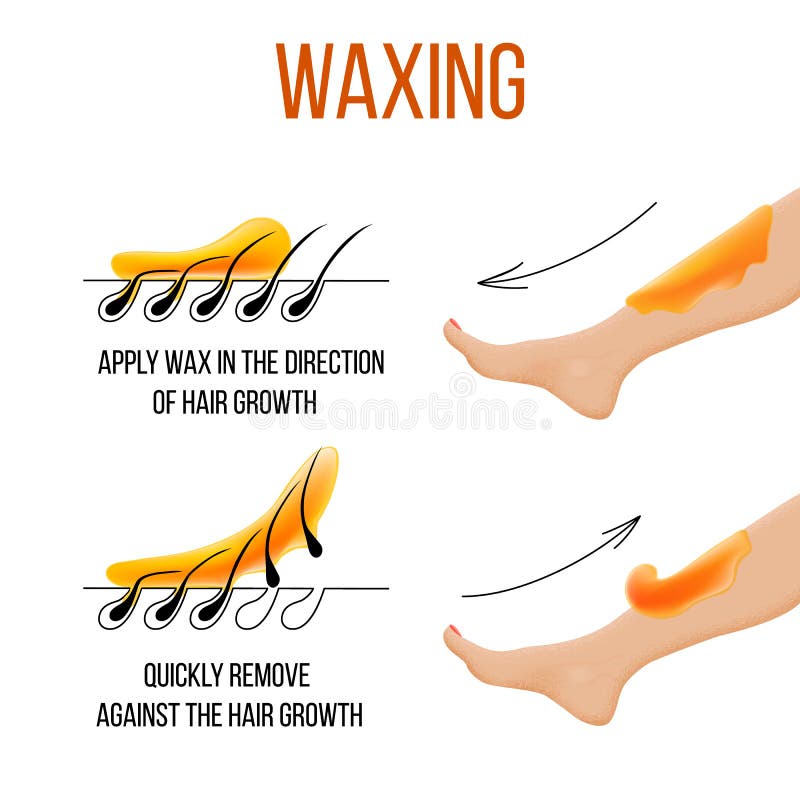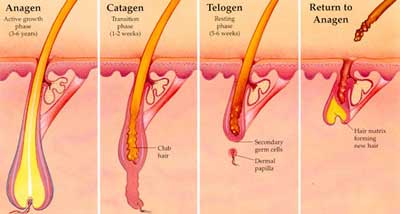Leading Waxing Techniques: Achieve Remarkable Skin Effortlessly
Leading Waxing Techniques: Achieve Remarkable Skin Effortlessly
Blog Article
Mastering the Art of Shaving: Necessary Tips for a Painless Hair Removal Experience
In the world of individual pet grooming, grasping the art of waxing is an ability that can substantially boost one's hair removal experience. From pre-waxing preparation to choosing the appropriate wax and mastering proper shaving methods, the trip to a pain-free waxing experience is paved with understanding and competence.
Pre-Waxing Prep Work
Before undergoing a waxing session, it is important to effectively prepare your skin to decrease pain and attain optimum hair elimination outcomes. Start by scrubing your skin a day or two prior to your consultation to get rid of dead skin cells and stop in-grown hairs. This step assists the wax adhere much better to the hair, making sure a much more reliable elimination process. Avoid moisturizing on the day of your waxing session as it can create a barrier between the wax and your hair, bring about much less effective results. Furthermore, it is a good idea to trim your hair to concerning a quarter of an inch before waxing to avoid unneeded discomfort during the procedure.
Furthermore, it is critical to cleanse your skin extensively before waxing to remove any oils, creams, or dirt that could disrupt the wax's ability to hold the hair. This action not only boosts the effectiveness of the shaving process however also assists decrease the risk of post-waxing outbreaks - Laser Hair Removal. By following these pre-waxing preparation actions, you can guarantee a smoother and extra comfy hair elimination experience

Picking the Right Wax
Choosing the suitable sort of wax is necessary for making sure a successful and comfy hair removal procedure. There are several kinds of waxes available, each satisfying different skin kinds and hair structures. Both major categories of wax are hard wax and soft wax. Tough wax is ideal for delicate locations like the face, underarms, and swimwear line as it sticks only to the hair, making it less uncomfortable for these fragile locations. On the other hand, soft wax is perfect for bigger locations like legs and arms as it is used thinly and gotten rid of with fabric strips.
When choosing a wax, consider your skin level of sensitivity, hair density, and the area you plan to wax. Rugged hair might require a wax particularly created for solid hair elimination.
Proper Waxing Technique
To start, it is essential to cleanse the skin extensively prior to applying the wax. Furthermore, always make sure that the wax is heated up to the right temperature level to stay clear of burns or inefficient hair removal. Using the wax in the direction of hair development and removing it against the hair development assists to make sure that the hair is drawn from the root, resulting in smoother and longer-lasting results.
Additionally, making use of small areas of wax at a time and pushing firmly on the wax strip prior to elimination can assist improve the effectiveness of the procedure. Last but not least, remember to use mild pressure on the skin Find Out More after waxing to decrease and calm any type of discomfort redness. By adhering to these proper waxing strategies, you can achieve a much more successful and pleasurable hair removal experience.
Aftercare Tips

Additionally, it's recommended to avoid activities that may create excessive sweating, such as intense exercises, immediately after waxing to stop more find out here now inflammation. If any kind of redness or bumps continue after waxing, applying a cold compress or aloe vera gel can help in reducing inflammation - Laser Hair Removal. Adhering to these aftercare tips carefully can guarantee a efficient and comfortable waxing experience with durable outcomes

Troubleshooting Common Issues
Attending to usual concerns that might occur during the shaving procedure is essential to ensuring a smooth and successful hair removal experience. One typical trouble is skin inflammation, which can happen due to delicate skin or incorrect waxing techniques. To relieve this, using a calming lotion having aloe vera or chamomile post-waxing can assist relax the skin. One more problem is ingrown hairs, where hair curls back or expands sideways into the skin after waxing. Routine peeling with a gentle scrub can avoid in-grown hairs by getting rid of dead skin cells and permitting hair to grow easily. In addition, if you experience bruising or inflammation after Recommended Site waxing, applying a cool compress can decrease inflammation and soothe the skin. Lastly, if you discover irregular hair elimination or patches of missed hair, consider changing your waxing technique or seeking specialist assistance for even more detailed areas. By dealing with these usual waxing issues proactively, you can improve the total effectiveness and comfort of your hair removal routine.
Verdict
In final thought, understanding the art of shaving needs correct preparation, selecting the right wax, utilizing the proper strategy, and complying with aftercare suggestions. With method and focus to detail, waxing can be a reliable hair removal approach.
Additionally, it is vital to cleanse your skin thoroughly prior to waxing to remove any kind of oils, lotions, or dirt that can conflict with the wax's capability to grip the hair. The two main categories of wax are difficult wax and soft wax.When selecting a wax, consider your skin level of sensitivity, hair thickness, and the area you intend to wax.Moreover, utilizing tiny sections of wax at a time and pressing firmly on the wax strip before removal can help improve the effectiveness of the procedure. After waxing, it's crucial to maintain the waxed area clean and free from irritants.
Report this page